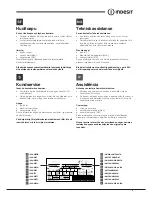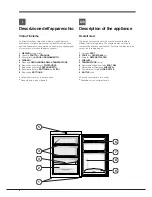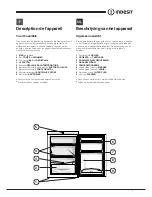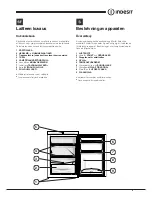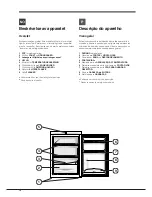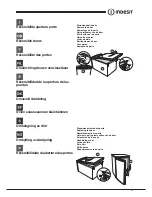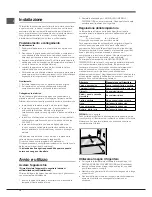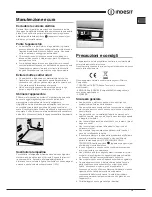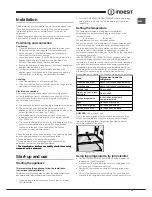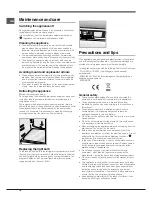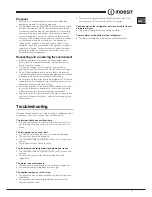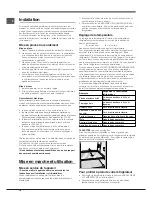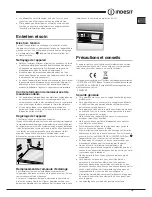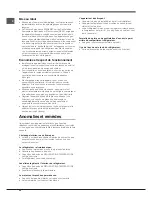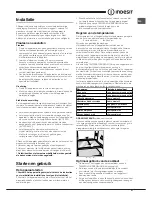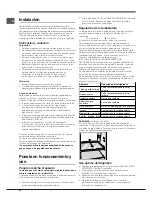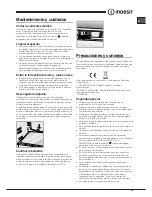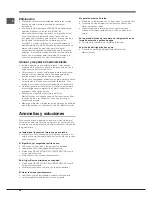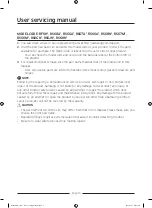
GB
17
Disposal
• Observe local environmental standards when disposing
packaging material for recycling purposes.
• The European Directive 2002/96/EC on Waste Electrical and
Electronic Equipment (WEEE), requires that old household
electrical appliances must not be disposed of in the normal
unsorted municipal waste stream. Old appliances must be
collected separately in order to optimise the recovery and
recycling of the materials they contain and reduce the impact
on human health and the environment. The crossed out
“wheeled bin” symbol on the product reminds you of your
obligation, that when you dispose of the appliance it must be
separately collected. Consumers should contact their local
authority or retailer for information concerning the correct
disposal of their old appliance.
Respecting and conserving the environment
• Install the appliance in a fresh and well-ventilated room.
Ensure that it is protected from direct sunlight and do not
place it near heat sources.
• Try to avoid keeping the door open for long periods or
opening the door too frequently in order to conserve energy.
• Do not fill the appliance with too much food: cold air must
circulate freely for food to be preserved properly. If circulation
is impeded, the compressor will work continuously.
• Do not place hot food directly into the refrigerator. The internal
temperature will increase and force the compressor to work
harder and will consume more energy.
• Defrost the appliance if ice forms (
see Maintenance
). A thick
layer of ice makes cold transference to food products more
difficult and results in increased energy consumption.
• Regularly check the door seals and wipe clean to ensure they
are free of debris and to prevent cold air from escaping (
see
Maintenance
).
Troubleshooting
If the appliance does not work, before calling for Assistance (see
Assistance), check for a solution from the following list.
The internal light does not illuminate.
• The plug has not been inserted into the electrical socket, or
not far enough to make contact, or there is no power in the
house.
The refrigerator do not cool well.
• The door do not close properly or the seals are damaged.
• The door are opened too frequently.
• The TEMPERATURE ADJUSTMENT knob is not in the correct
position
• The refrigerator have been over-filled.
The food inside the refrigerator is beginning to freeze.
• The TEMPERATURE ADJUSTMENT knob is not in the correct
position.
• The food is in contact with the back inside wall of the
refrigerator.
The motor runs continuously.
• The door is not closed properly or is continuously opened.
• The outside ambient temperature is very high.
The appliance makes a lot of noise.
• The appliance has not been installed on a level surface (
see
Installation
)
.
• The appliance has been installed between cabinets that
vibrate and make noise.
• The internal refrigerant makes a slight noise even when the
compressor is off. This is not a defect, it is normal.
The back wall of the refrigerator unit is covered in frost or
droplets of water
• This shows the appliance is operating normally.
There is water at the bottom of the refrigerator.
• The water discharge hole is blocked (
see Maintenance
).



